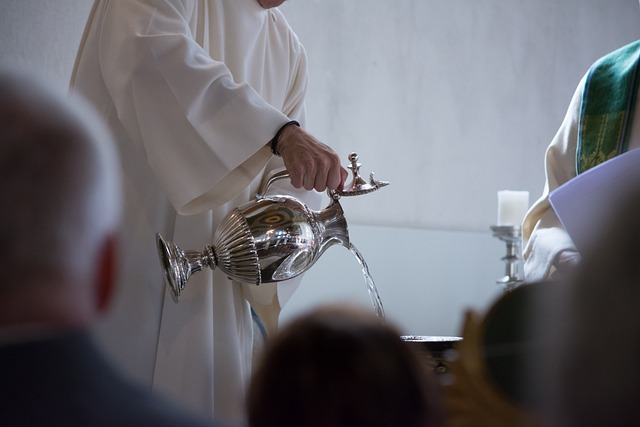In the bustling world we inhabit, marked by relentless connectivity and constant noise, the concept of solitude has taken on profound significance. This sacred solitude often manifests in various forms across different religions, with single writing becoming a cherished ritual for many individuals seeking a deeper connection with the divine.
Single writing, a practice rooted in the act of reflection and introspection, has been embraced by various faith traditions. In many religions, the simple act of putting pen to paper offers a unique avenue for believers to articulate their thoughts, feelings, and prayers in an intimate dialogue with the divine. This process transforms solitary moments into sacred ones, providing a sanctuary from the external world and allowing for a profound engagement with one’s spirituality.
For instance, in Christianity, single writing can take the form of journaling prayers or meditations. Many believers find that writing their thoughts fosters a space for vulnerability and sincerity. It’s a way to communicate with God, reflecting on personal challenges, gratitude, and hopes. The act of writing becomes a form of worship, a tangible record of one’s journey of faith, and a testament to the transformative power of solitude.
In Buddhism, the practice of single writing may appear in the context of journaling thoughts or transcribing sutras. Monks often spend hours in contemplation and transcription, finding solace in the repetitive movement of writing. This ritual not only cultivates mindfulness but also allows practitioners to internalize teachings. As ink flows onto the paper, it serves as a bridge between the mind and the heart, anchoring their thoughts in a deeper awareness of the present moment.
Moreover, in indigenous spiritualities, single writing can take the form of personal storytelling. Elders may encourage younger generations to document their experiences and insights. This ritual not only fosters a sense of identity and connection to ancestry but also serves as a personal reflection tool, reinforcing the importance of solitary moments for individual and communal growth.
Engaging in single writing also encourages the exploration of one’s innermost fears, hopes, and desires. By putting pen to paper, individuals can confront challenges they may find daunting, providing clarity that can be unattainable in the chaos of daily life. This act of self-reflection is essential in many religious paths, helping practitioners to cultivate a sense of spiritual growth and understanding.
Furthermore, as individuals engage in single writing, they may unknowingly enhance their creativity and intuition. The solitude allows for a free flow of thoughts that often leads to profound insights and revelations. This creative spark can lead to artistic expressions of faith, giving rise to poetry, songs, and narratives that resonate deeply with both the individual and the community. In this way, single writing becomes not just an act of solitude, but a pathway to shared spirituality and communal traditions.
Ultimately, the ritual of single writing encapsulates the essence of sacred solitude. It invites individuals to step away from the noise of the world, to embrace the stillness, and to explore their relationship with the divine in a personal and profound way. As this practice continues to be embraced across various religions, it serves as a beautiful reminder of the power of solitude in spiritual exploration and growth.



